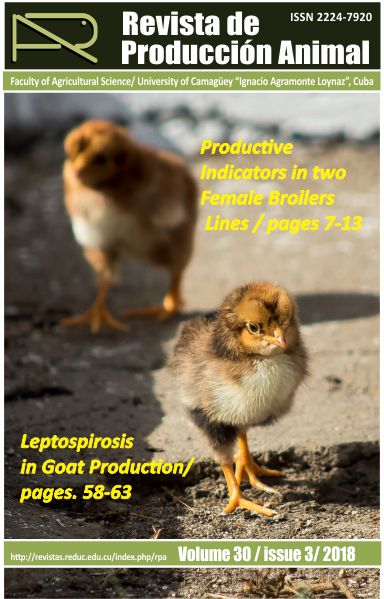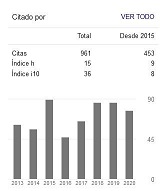Bio-economic Impact of Strategic Changes in Murrah River Buffalo Management
Resumen
The aim of this paper was to evaluate the effects of changes in the strategy to manage the bio-economic efficiency of a Murrah Buffalo production system in the province of Camagüey, Cuba, located 21º north and 77º west, 217 meters above sea level. The climate is tropical humid (Aw) of plains. The mean annual precipitations were 1 180 mm (71% between May and October), the temperatures were between 24 and 29 °C. The soil is brown, without carbonates, and brown-red fersiallitic. The system comprises 5 100 ha and has 536 workers/year. A strategy to introduce management changes in agro-technical, food, reproductive, replacement, health, salary policy, and training was implemented as part of an innovation package with a systemic and participatory approach. The evaluation lasted eight years, and it was critical to increase dairy production in more than 200 000 kg/year in 2012, in comparison to 2004, with improvements in natality and reduction of operational expenses of the system. It was concluded that the strategy had a determining effect on the system's indicators.
Descargas
Los autores de los artículos publicados en RPA retienen los derechos de autor de su trabajo, de marca y patente, y también sobre cualquier proceso o procedimiento descrito en el artículo, así como a compartir, copiar, distribuir, ejecutar y comunicar públicamente el artículo publicado en la RPA o cualquier parte de aquel siempre que indiquen la fuente de publicación (autores del trabajo, revista, volumen, número y fecha), pero están de acuerdo en que la revista publique los trabajos bajo una licencia Creative Commons.
![]() Licencia Attribution-NonCommercial 4.0 International (CC BY-NC 4.0)
Licencia Attribution-NonCommercial 4.0 International (CC BY-NC 4.0)






































